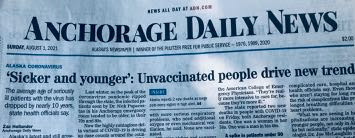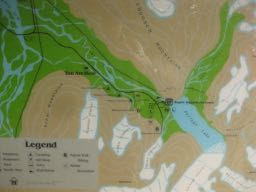Here's the announcement from the Board's executive director:
". . . a quick note to let you know that we received notice a few minutes ago that the Census bureau will release legacy formatted redistricting data on Aug 12th at 9am Alaska time.
The previously published release date was August 16.
Our software vendor will need about a week to convert this legacy data into files that our map-drawing software can work with. We are working with the Department of Labor to get an early peek at the district population deviations and will advise you when these numbers are available for your review."
The State population arrived much earlier. This is the detailed information needed to draw the district maps.
I wrote about the public mapping software that will be available and the basic rule. As the message says, it will take about a week for the data to be downloaded into the public map-drawing software. I recommend getting familiar with the software. This is like a free computer game with which you can help shape the Alaska legislature for the next ten years.
Seriously. If you can make demonstrably fairer maps - that is maps that meet the federal and state statutory requirements - than the Board makes, you could challenge their maps. Minimally, you could share your maps with one of the interest groups that are following the process carefully. This will include Municipalities, political parties, Native Corporations and non-profits, etc.
You can go to the Board's website and start playing with the maps here (they have the data for the 2010 redistricting process loaded now.) I'm following my granddaughter's lead. She just gets her mom's phone and tries out everything she can find until she figures out cool things she can do. I'm trying to do that with the software.
My understanding is that the Board has a month to prepare the first set of maps for public comment, so there should be a flurry of meetings soon. There's no information yet about when that will start. Not sure if it will take a week for Board's map-making software, or just for the public software.
Here's a screenshot. I'm a little concerned about how easy this is going to be on my laptop. We'll see. So far it looks more like a toy, but let's see what I'll be able to do with it. If there are mappers out there who want to work together on this, send me an email (upper right hand column) or leave comments.


























